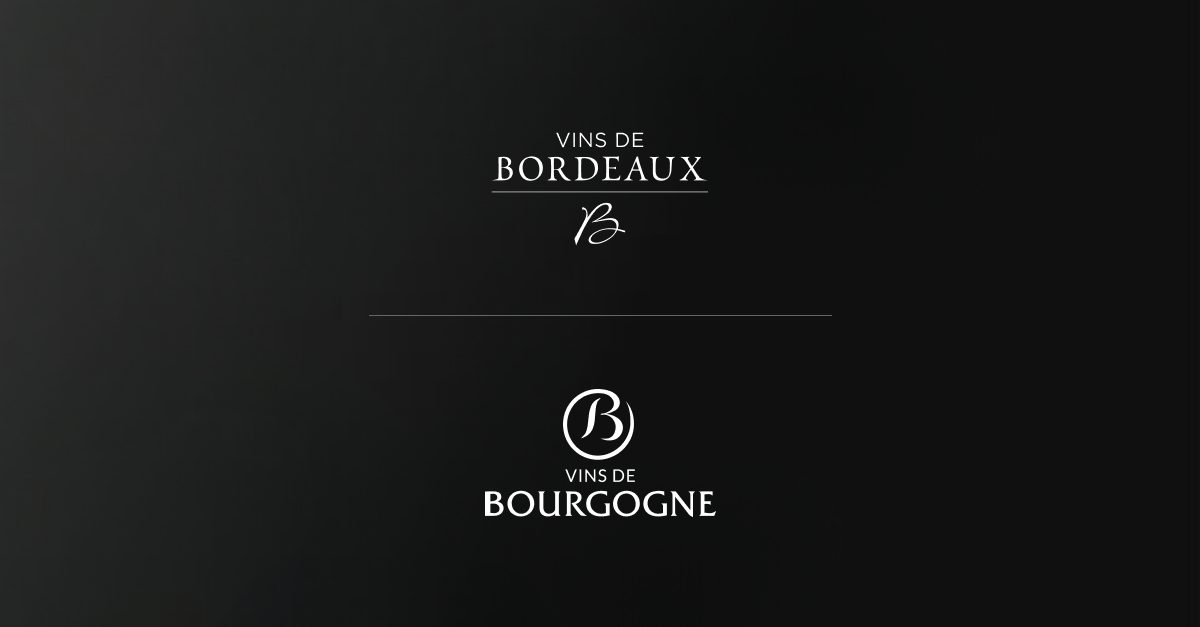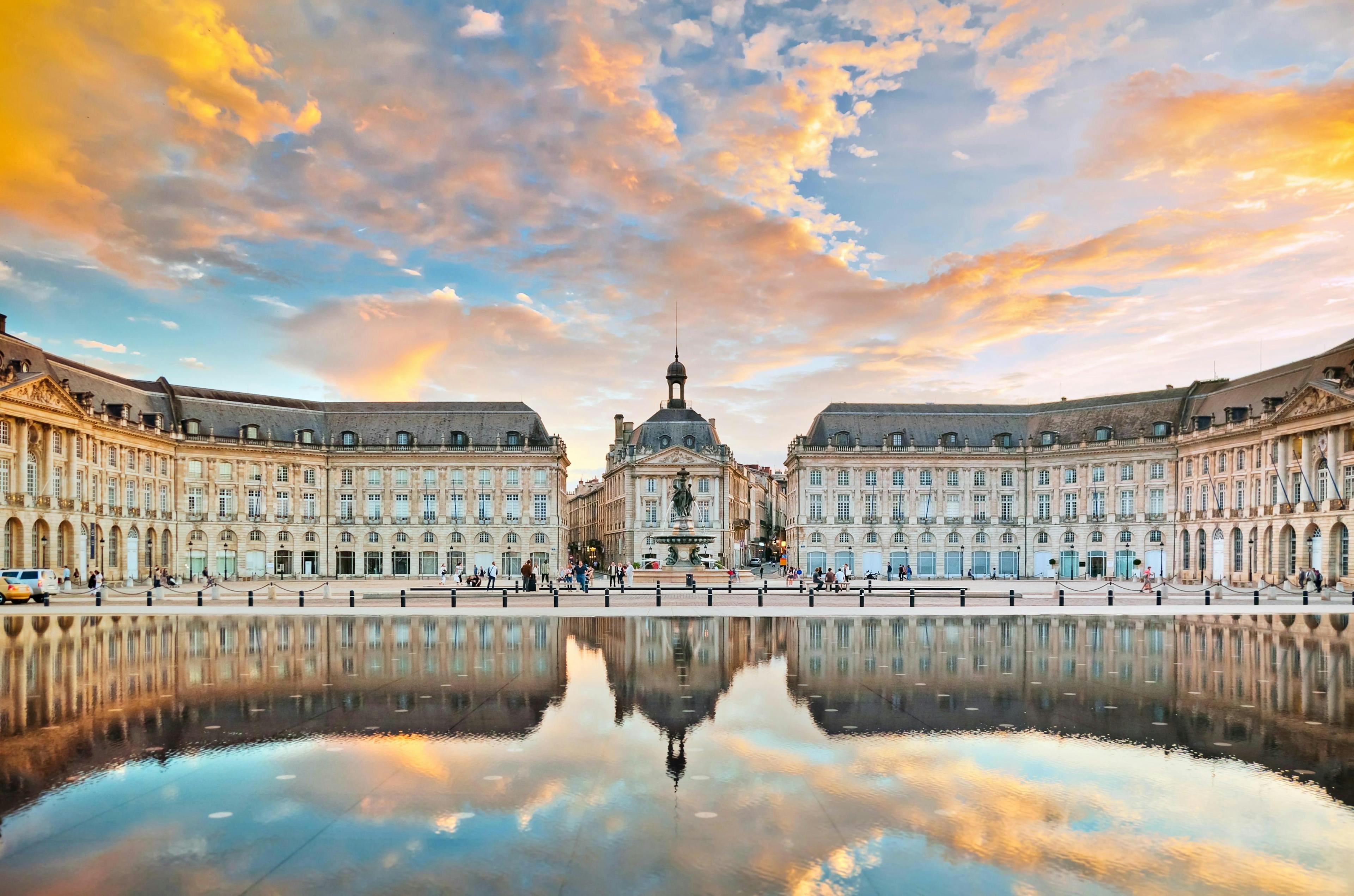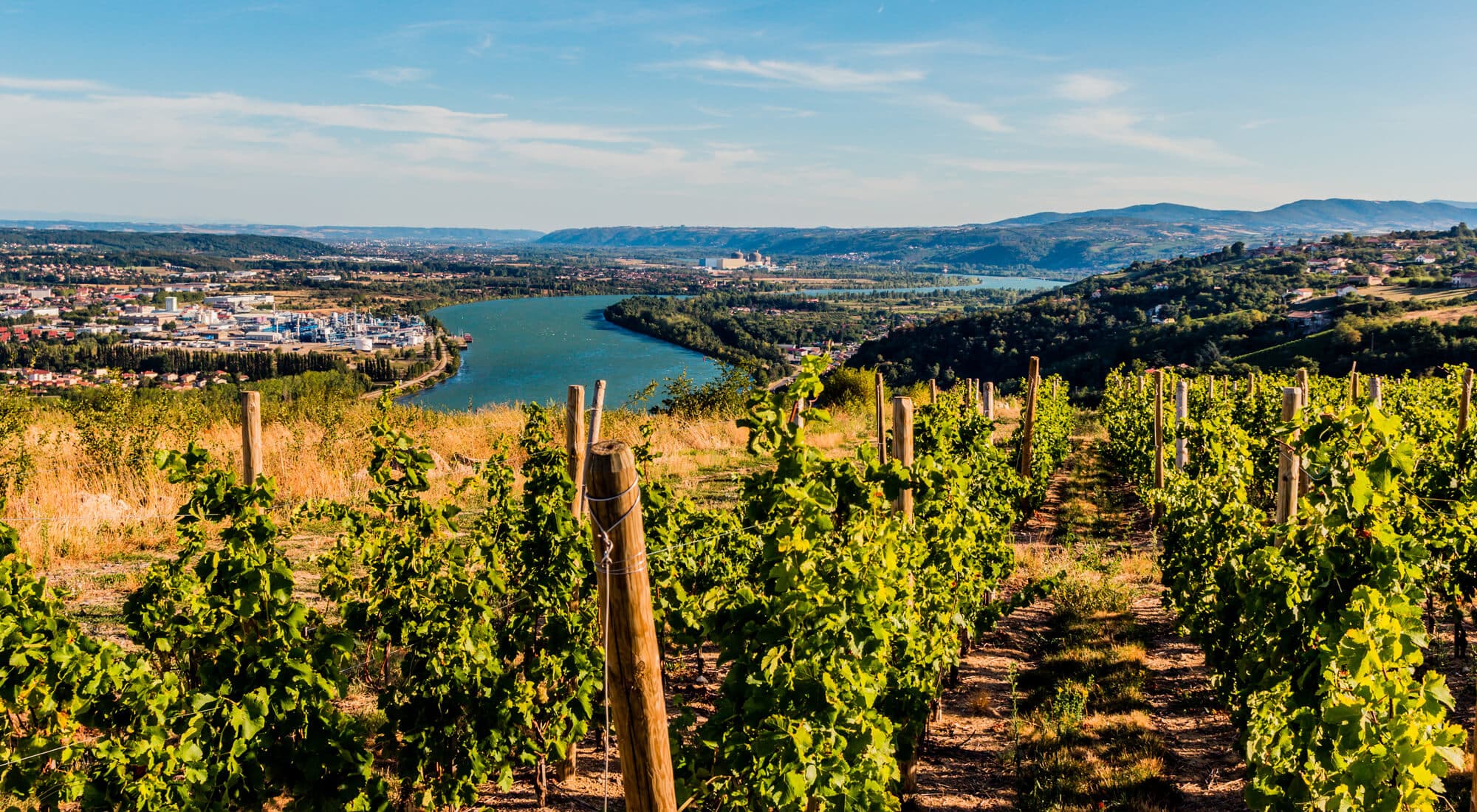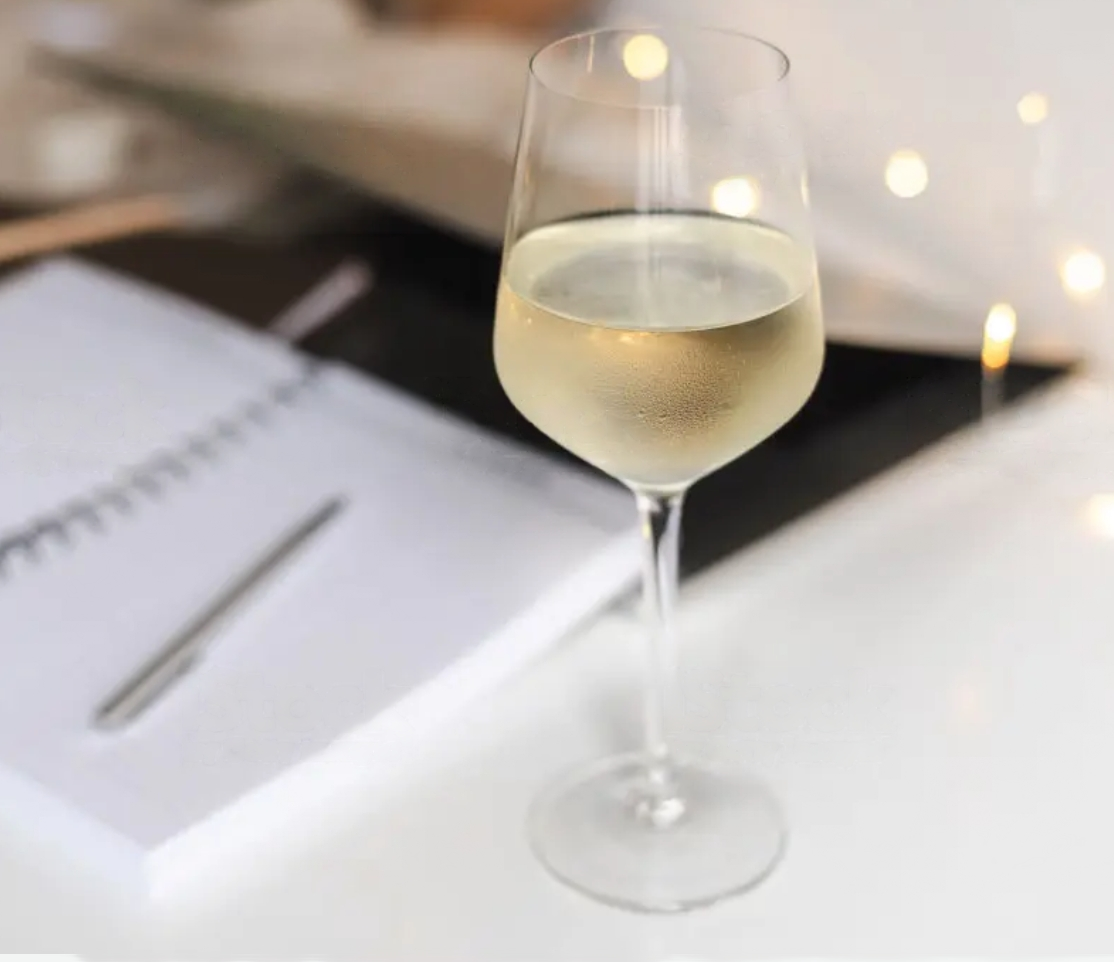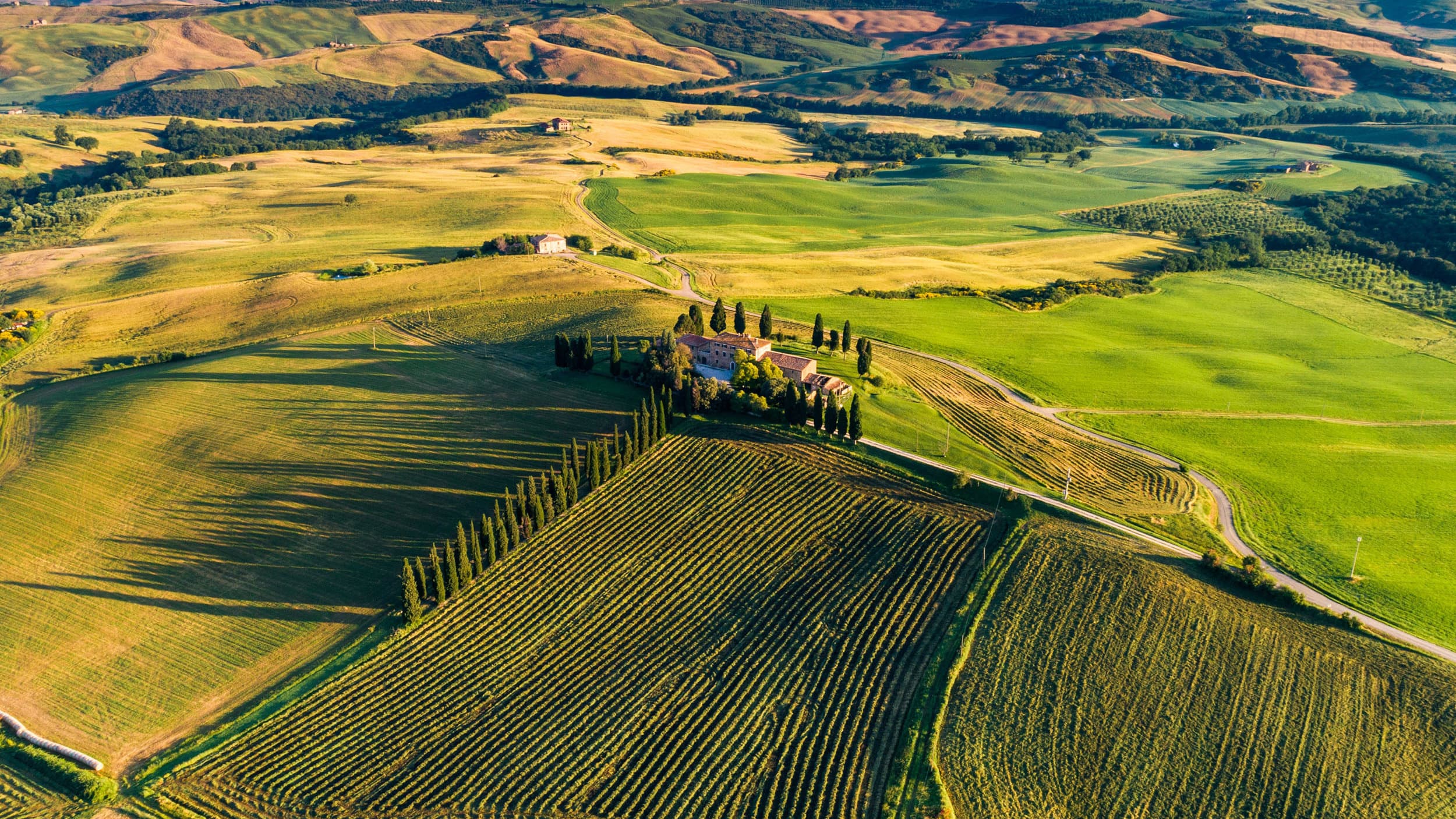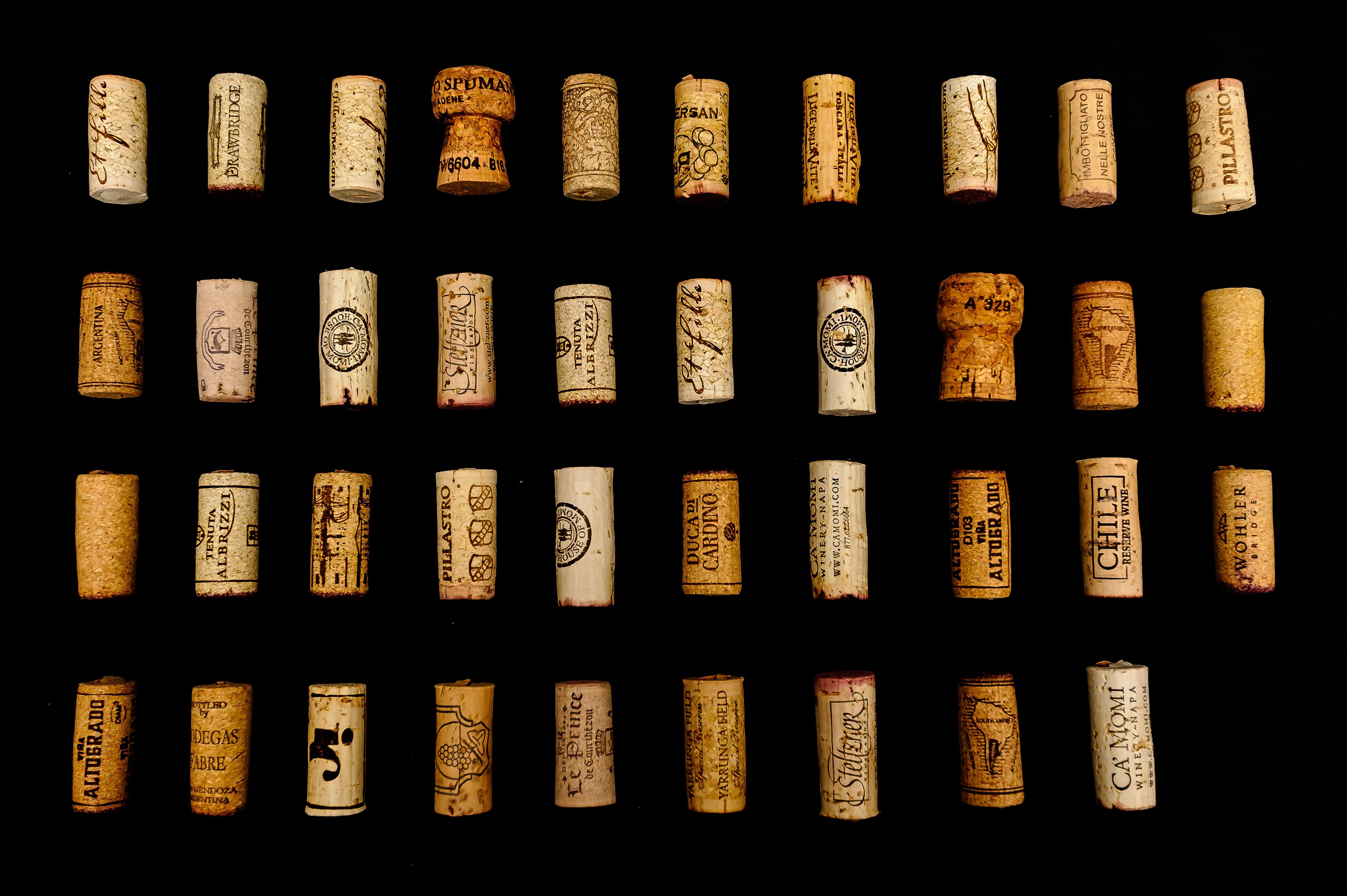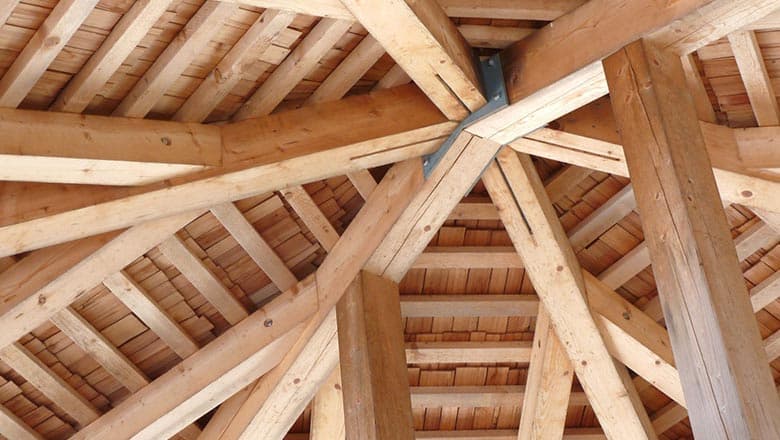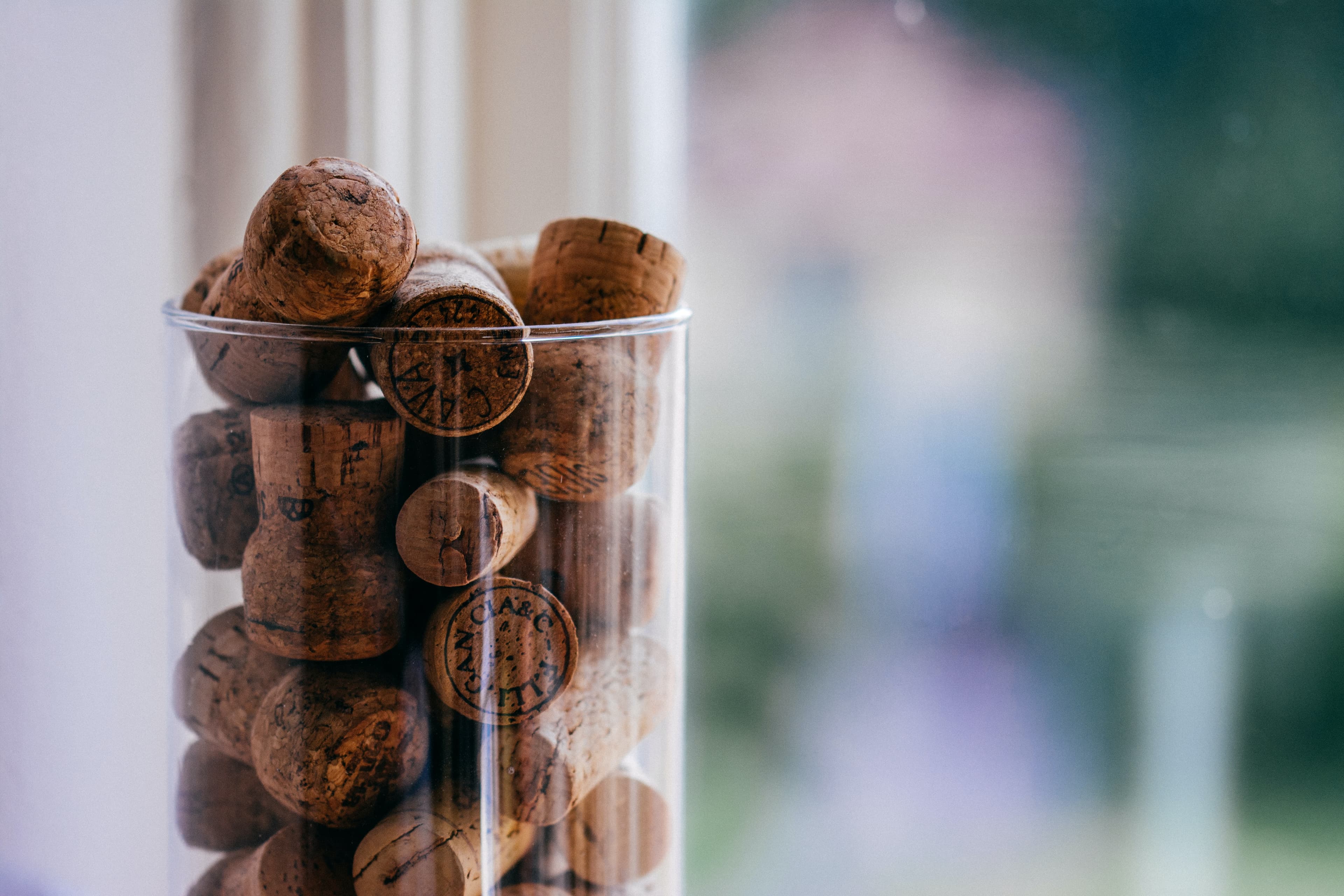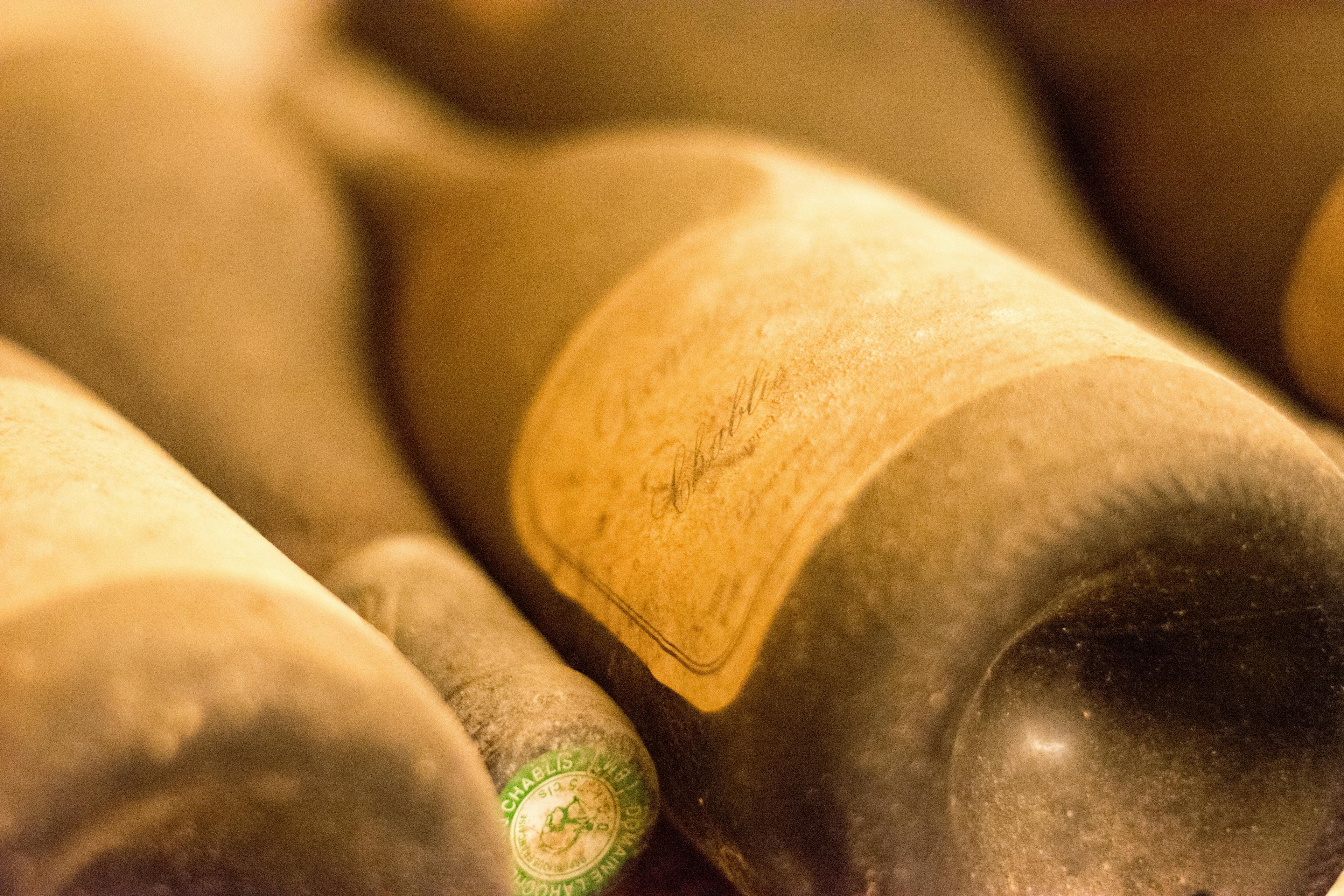
Bartolo Mascarello, a name synonymous with the finest Barolo wines, represents a pinnacle of Italian winemaking tradition. Understanding how to properly serve this exquisite wine can significantly enhance your tasting experience. From the correct temperature to the ideal glassware, every detail matters in honoring the legacy of Bartolo Mascarello. Whether you're a seasoned sommelier or a casual wine enthusiast, learning the nuances of serving this prestigious wine is essential. Dive deeper into the art of wine presentation by exploring our comprehensive guide on Bartolo Mascarello.
Understanding the Ideal Serving Temperature
Understanding the ideal serving temperature for Bartolo Mascarello is crucial to fully appreciate its unique characteristics. This esteemed Barolo wine, known for its robust structure and complex aromatics, should be served at a temperature that enhances its qualities without overpowering them. Typically, the optimal range is between 16°C to 18°C (60°F to 64°F). Serving it too warm can cause the alcohol to dominate, while too cool a temperature might suppress its intricate flavors and aromas.
Preparation: Before serving, allow the wine to reach the desired temperature gradually. Avoid rapid chilling or heating, which can shock the wine and alter its natural expression.
Decanting: Decanting is recommended for at least 30 minutes to an hour before serving. This process helps to aerate the wine, softening tannins and releasing a fuller spectrum of scents.
Glassware: Use large, tulip-shaped glasses to serve Bartolo Mascarello. These allow more surface area for the wine to breathe and help focus the bouquet towards the nose.
For those interested in the history of Bartolo Mascarello, understanding these serving details can deepen appreciation for both the wine and its storied past.
Decanting Bartolo Mascarello: Is it Necessary?
Decanting Bartolo Mascarello, especially when dealing with popular vintages, often sparks debate among wine enthusiasts. The necessity of this practice largely depends on the age and sediment presence in the bottle. For older vintages, decanting serves a dual purpose: it removes sediment and allows the wine to breathe, enhancing its aromas and flavors. However, younger wines might not benefit as much from decanting since they typically contain less sediment and are more robust in flavor.
Age of the Wine: Older vintages, which have had more time to develop sediment, generally require decanting to ensure a clear pour and to prevent any gritty texture that could affect the wine's enjoyment.
Oxygen Exposure: Decanting introduces oxygen to the wine, which can help soften tannins and open up flavors, making the wine more expressive and enjoyable.
Serving Temperature: Proper decanting also brings the wine to an ideal serving temperature, particularly important for enhancing the subtleties of a complex wine like Bartolo Mascarello.
Ultimately, whether to decant Bartolo Mascarello depends on the specific vintage and personal preference. Observing the wine's characteristics and how they evolve with aeration can guide your decision.
The Right Glassware for Serving Bartolo Mascarello
Selecting the appropriate glassware is crucial when serving Bartolo Mascarello to enhance its aromatic profile and flavor nuances. Traditionally, a large-bowled wine glass is preferred, which allows the wine to breathe and fully develop its complex characteristics. This type of glass also focuses the bouquet towards the nose, offering a fuller sensory experience.
Temperature Matters: Ensure the glass is at room temperature before pouring. A chilled or warm glass can alter the wine's inherent qualities.
Cleanliness is Key: Any residue or odors in the glass can interfere with the pure expression of the wine. Always use a glass that has been thoroughly washed and polished.
Pouring Technique: To aerate the wine adequately, pour it slowly and steadily, allowing it to splash gently against the side of the glass. This action helps to release more of its aromatic compounds.
For those looking to store Bartolo Mascarello properly, maintaining optimal conditions is essential to preserve its quality and longevity. Proper storage involves controlling temperature, humidity, and light exposure to ensure the wine matures gracefully while maintaining its distinctive characteristics.
Serving Size: How Much is Just Right?
When serving Bartolo Mascarello, a renowned Barolo wine, determining the appropriate amount is crucial for optimal enjoyment. Typically, a standard serving size for red wine, including Barolo, is about 5 ounces (150 ml). This quantity is ideal as it allows the wine to breathe in the glass, enhancing its complex aromas and flavors. Here are some guidelines to ensure you serve the perfect amount:
Use the Right Glass: Opt for a large, balloon-shaped glass to allow the wine to aerate and release its distinctive bouquet.
Temperature Matters: Serve Bartolo Mascarello at around 60-68°F (15-20°C). Too warm, and the alcohol can overpower the flavor; too cool, and it mutes the aroma.
Consider the Occasion: If you're enjoying the wine with a meal, you might want to pour slightly less than 5 ounces to balance the flavors of the food and wine.
Personal Preference: Some might prefer a smaller pour if they intend to enjoy multiple wines or are sensitive to alcohol.
For more detailed facts about Bartolo Mascarello, including its history and production, consider exploring further resources. This will enhance your appreciation and understanding of this exquisite wine.
Preparing the Bottle: Cork Removal and Inspection
When preparing a bottle of Bartolo Mascarello, the initial step involves careful cork removal and inspection to ensure the wine's integrity. Start by selecting a proper wine opener, ideally a waiter's friend, which allows for a gentle and controlled extraction of the cork. Position the screw centrally and twist smoothly, pulling up steadily to avoid breaking the cork.
Once removed, inspect the cork for any signs of damage or mold, which could indicate potential issues with the wine, such as oxidation or contamination. A healthy cork should be slightly moist from wine contact, but not overly saturated or crumbly.
It's also crucial to observe the cork's smell. Any off-putting odors might suggest that the wine has been compromised. Assuming the cork passes all these checks, you can proceed with enjoying your Bartolo Mascarello.
Ensure the cork is centered before inserting the screw.
Avoid twisting or pulling too hard to prevent cork damage.
Smell the cork to detect any unusual aromas.
Look for signs of leakage or staining on the outside of the cork.
The Role of Aeration in Serving Bartolo Mascarello
Aeration plays a crucial role in enhancing the taste of Bartolo Mascarello, a distinguished Barolo wine. When exposed to air, the wine's complex aromas and flavors become more pronounced, offering a richer drinking experience. This process is particularly important for such a robust wine, which can often seem closed off or overly tannic when first opened.
Decanting Time: For optimal results, decant Bartolo Mascarello for at least two hours before serving. This allows sufficient time for oxygen to interact with the wine, softening the tannins and releasing layers of aroma.
Temperature Matters: Serve at a temperature between 18-20°C. Too cold, and the flavors will remain muted; too warm, and the alcohol may overpower the subtleties.
Glassware Choice: Use large, bowl-shaped glasses to enhance the olfactory experience. This shape helps concentrate the aromatics, making each sip more enjoyable and complex.
By following these guidelines, enthusiasts ensure that every glass of Bartolo Mascarello offers a memorable and engaging sensory experience.
Timing: When to Open Before Serving
When planning to serve Bartolo Mascarello, timing is crucial to fully appreciate its craftsmanship. This esteemed wine benefits greatly from being opened a few hours before it is served. Allowing it to breathe enhances the complexity and depth of its flavors, making the tasting experience more enjoyable. Here are a few guidelines to optimize your enjoyment:
Decanting Time: For older vintages, a decanting time of about two hours is recommended. This helps in softening the tannins and releasing the bouquet of aromas that Bartolo Mascarello is renowned for.
Temperature Considerations: Serve at a temperature between 16-18°C. Too cold, and you risk muting the wine's intricate flavors; too warm, and the alcohol may overpower the subtlety of its profile.
Glassware: Use large, tulip-shaped glasses to enhance the olfactory experience. This shape allows more air to contact the wine, further developing its aroma and flavor as you sip.
By adhering to these suggestions, you ensure that every glass poured is a testament to the wine's distinguished character and heritage.
Accompaniments: What to Serve Alongside Bartolo Mascarello
When planning a meal that includes Bartolo Mascarello, selecting the right accompaniments can enhance the experience. This renowned Barolo wine, known for its robust characteristics, pairs beautifully with dishes that complement its complex profile. Here are some ideal food pairings:
Cheese: Opt for aged cheeses such as Parmigiano-Reggiano or Grana Padano. Their salty, nutty flavors harmonize wonderfully with the wine's tannic structure.
Meat: Serve dishes featuring rich meats like braised beef, lamb, or game. The intense flavors of the meat balance the wine’s depth and acidity.
Truffles: Incorporate truffle-infused dishes, particularly those with white truffles from Alba. The earthy tones of the truffles resonate with the wine's own earthy notes.
Mushrooms: Prepare a side of wild mushrooms sautéed in butter. Their umami quality enhances the wine's complexity without overpowering it.
Herbs: Use rosemary, thyme, or sage in your cooking. These herbs add a subtle aromatic lift that complements the wine’s bouquet.
Choosing the right combination of foods will ensure that each sip of Bartolo Mascarello is a memorable one.
Tips for Serving Bartolo Mascarello at Events
When serving Bartolo Mascarello at events, selecting the right food pairings is crucial to enhance the wine's complex flavors. Here are some tips to ensure your guests enjoy every sip:
Choose Rich Meats: The robust structure of Bartolo Mascarello pairs beautifully with rich meats like lamb or beef. These proteins help to soften the tannins and bring out the wine's deep fruit flavors.
Opt for Earthy Vegetables: Incorporate earthy vegetables such as mushrooms or root vegetables in your dishes. Their umami flavors complement the wine’s herbal notes, creating a harmonious taste experience.
Select Aged Cheeses: Aged cheeses like Parmigiano-Reggiano or Pecorino offer a sharp contrast to the wine’s acidity, balancing its intensity and adding complexity to the palate.
Avoid Spicy Foods: Spicy dishes can overpower the subtle nuances of Bartolo Mascarello, so it's best to steer clear of hot spices and opt for herbs and mild seasonings instead.
By carefully choosing what to serve, you can significantly enhance the overall tasting experience at your event, making it memorable for all your guests.
Common Mistakes to Avoid When Serving Bartolo Mascarello
When serving Bartolo Mascarello, a prestigious Barolo wine, avoiding common mistakes can significantly enhance the drinking experience. Here are some key errors to steer clear of:
Serving Temperature: Often, individuals serve Barolo either too warm or too cold. Ideally, Bartolo Mascarello should be served at 60-68°F (15-20°C). Temperatures higher or lower can mute or distort the complex flavors and aromas.
Decanting Time: Failing to decant can be a critical error. This wine benefits greatly from decanting, which should be done for at least 2 hours before serving. This allows the wine to oxygenate, softening tannins and releasing a fuller bouquet.
Glassware Choice: Using inappropriate glassware can also detract from the experience. A large, tulip-shaped glass is best for Barolo, as it gives ample room for the wine to breathe and concentrates the aroma towards the nose.
Ignoring Vintage Variation: Each vintage has its unique characteristics. Not considering the specific year of the Bartolo Mascarello can lead to improper serving and pairing choices, affecting the overall enjoyment.
By avoiding these common pitfalls, enthusiasts can fully appreciate the depth and nuances of Bartolo Mascarello.
Conclusion
In conclusion, serving Bartolo Mascarello correctly enhances the wine's complex flavors and ensures the best possible tasting experience. From selecting the right glassware to mastering the ideal serving temperature, each step plays a crucial role in honoring the legacy and craftsmanship of this esteemed Barolo. At Rekolt, we understand the importance of not only serving wine in the best conditions but also ensuring its optimal storage and potential for future trading.
For wine enthusiasts who invest in premium wines like Bartolo Mascarello, Rekolt offers a specialized service that goes beyond mere delivery. Our professional cellar storage option ensures that your wine is kept in ideal conditions, preserving its quality and aging potential. This service is particularly beneficial for those looking to resell or trade their wines, as proper storage is key to maintaining and enhancing the wine's value over time.
By choosing Rekolt, you are not just purchasing wine; you are making a strategic investment in collectible wines. Our platform facilitates easy trading and reselling, backed by expert storage solutions that guarantee your wine remains in pristine condition. Whether you are a seasoned collector or a new enthusiast, Rekolt provides the resources and support needed to explore the world of fine wines with confidence and sophistication.
Share this article
